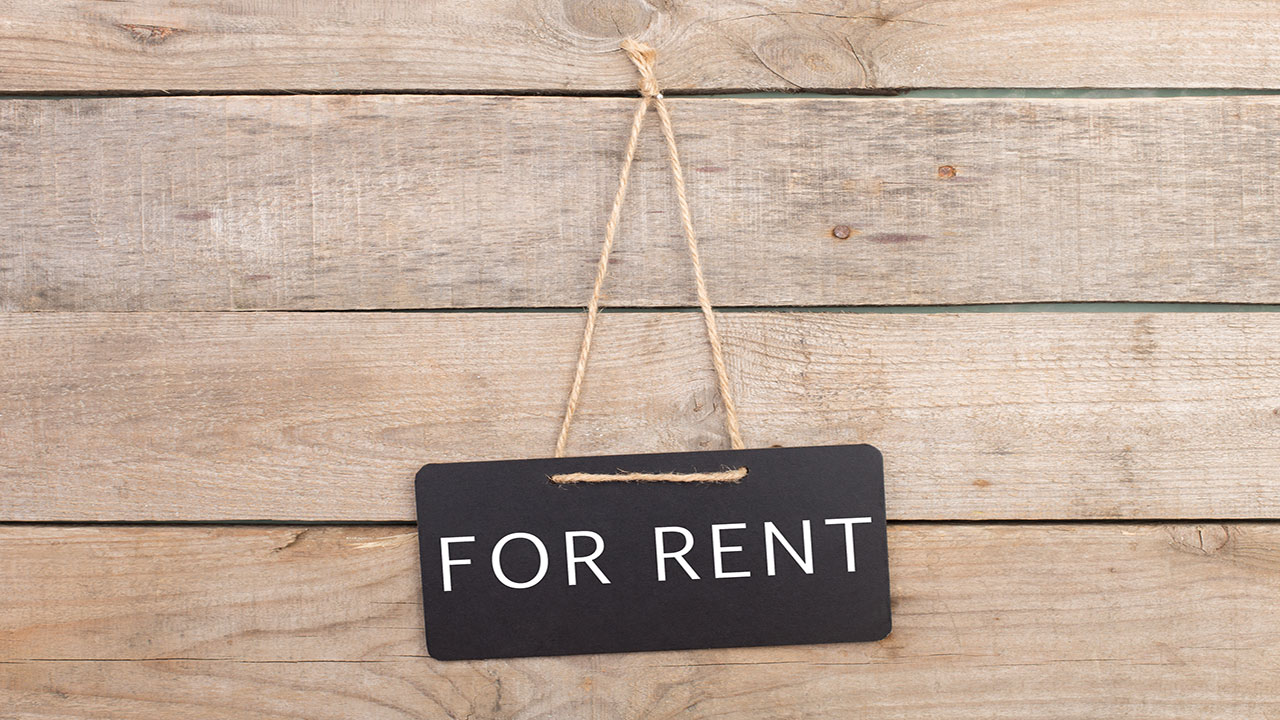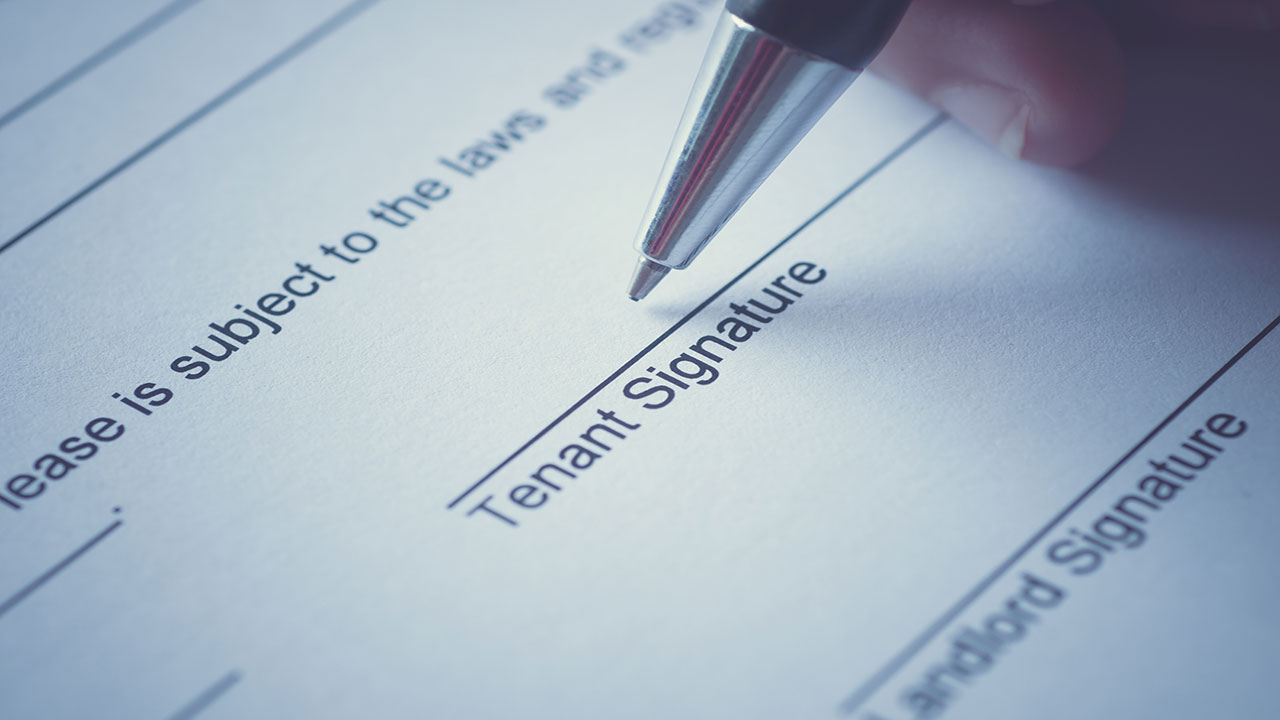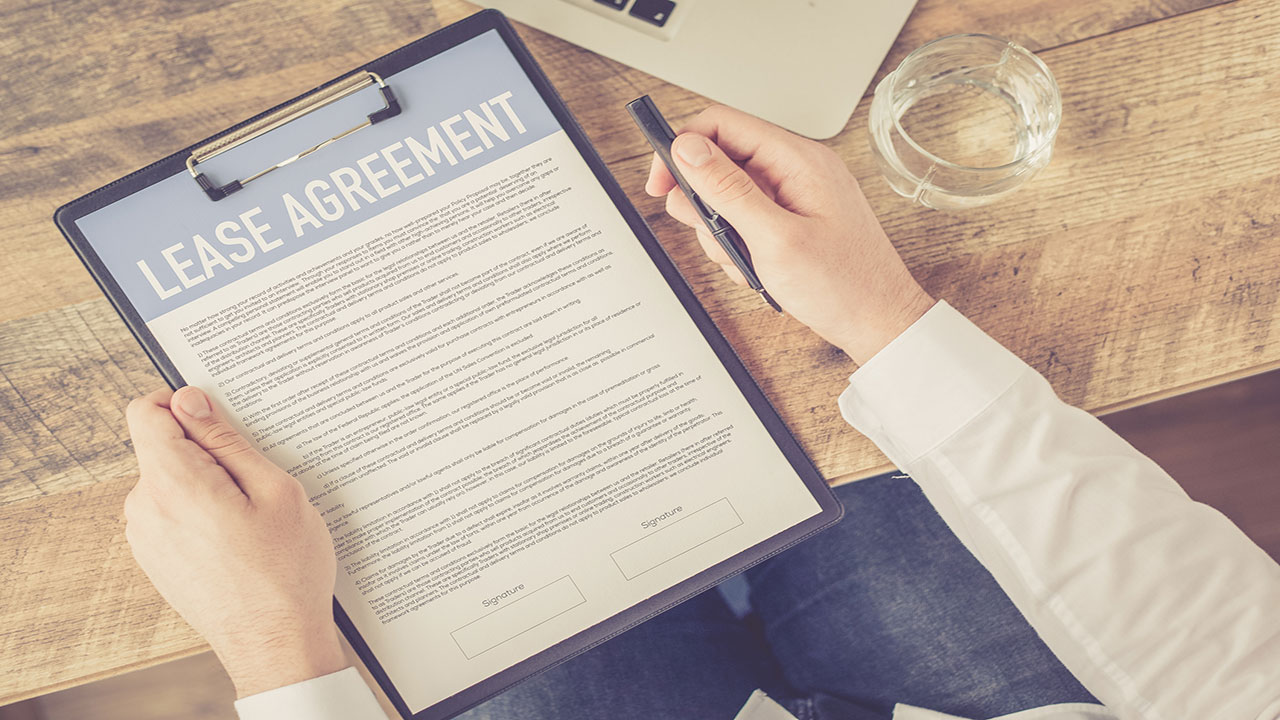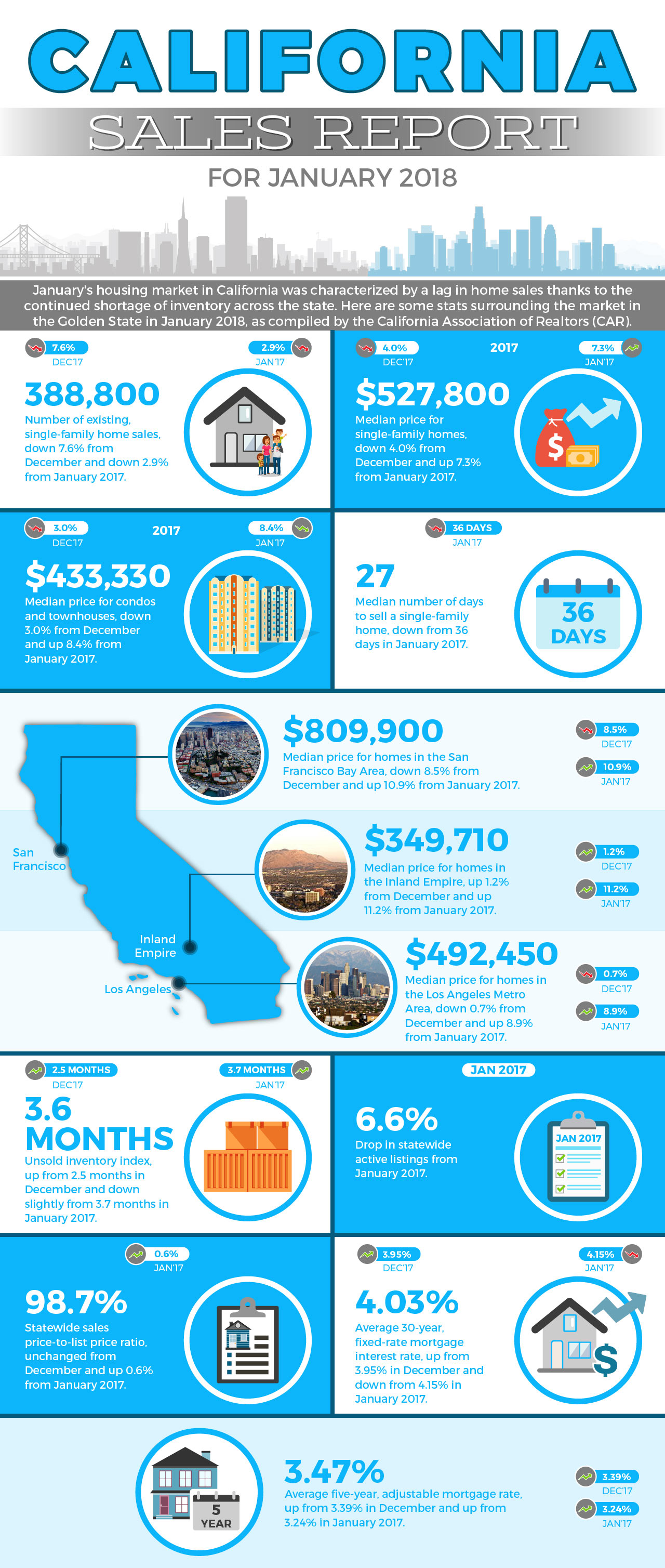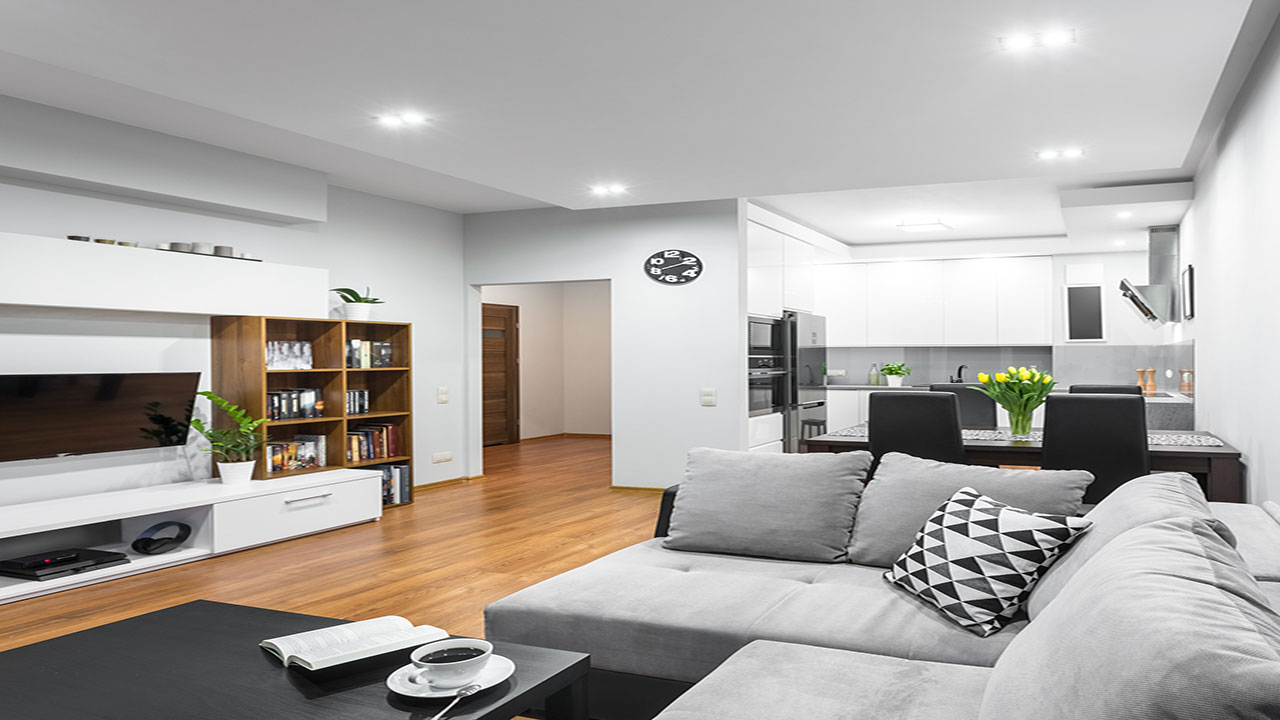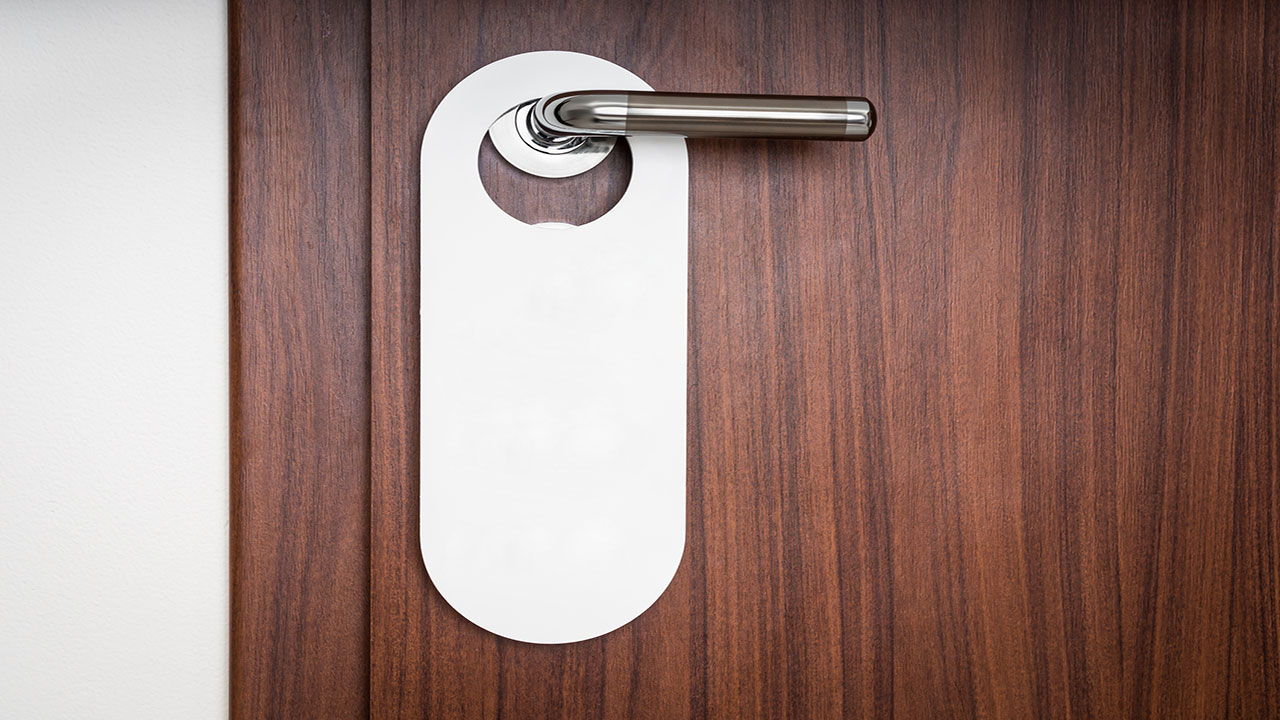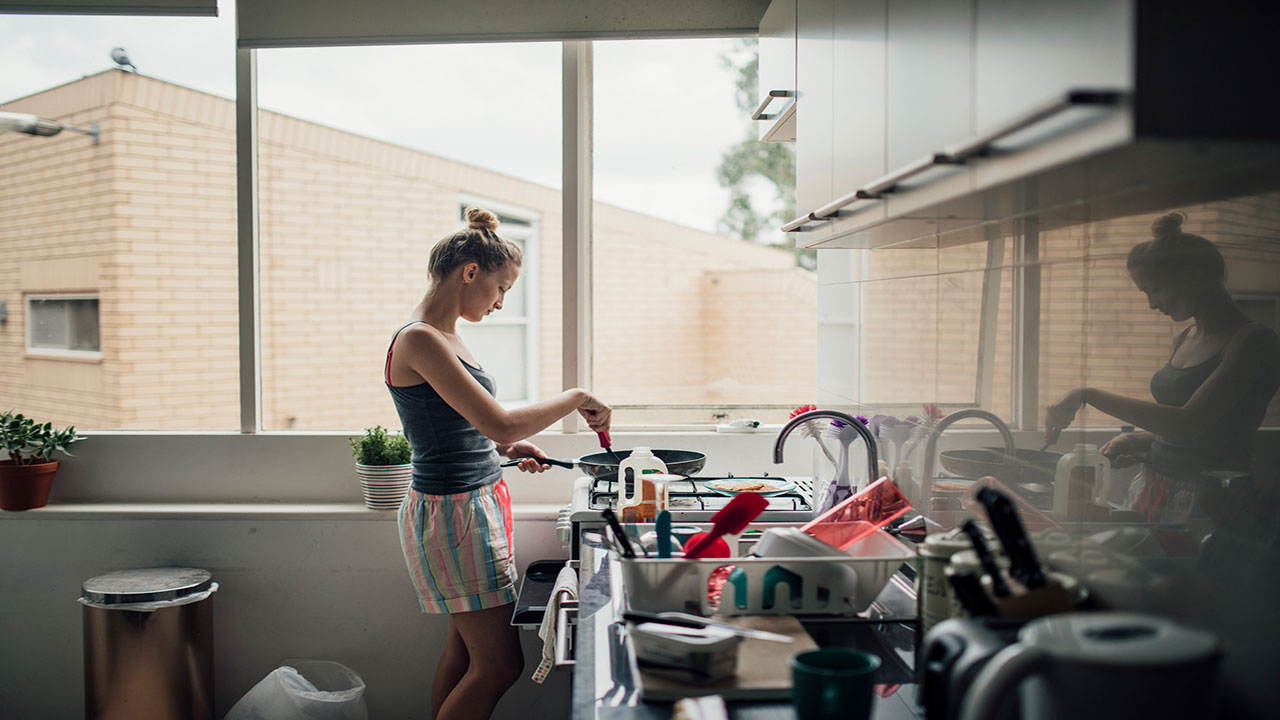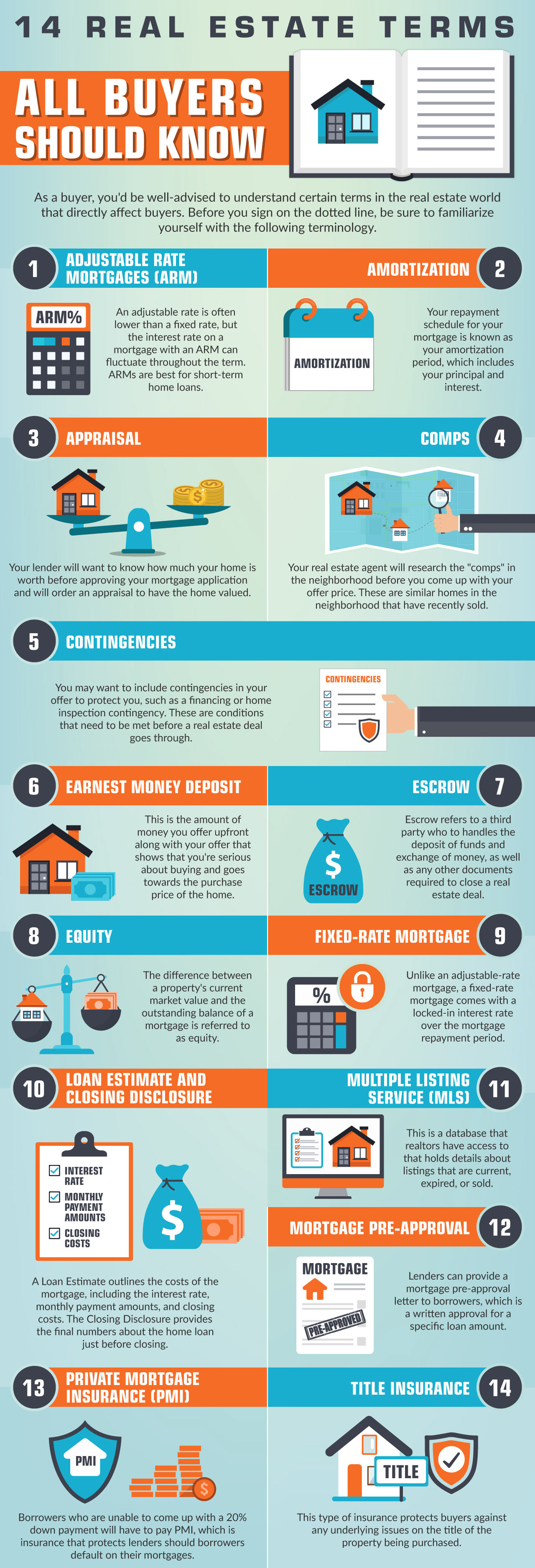
Just the thought of having to go through the mortgage process after deciding to buy a home can seem daunting for the average buyer. It can seem like a complicated process with all of the numbers and calculations involved.
However, with a seasoned mortgage broker in your corner, the process doesn’t have to be overwhelming or even confusing, These professionals will guide you every step of the way to make sure you take the right steps and find the best mortgage suitable for your financial position.
But there are things borrowers can do that will not only make the job of a broker easier, but will help ensure the process benefits buyers in the end. Here are some things that mortgage brokers wish all borrowers knew.
1. Borrowers Should Call Brokers Before They Start Their Home Search

Of course, you should have a real estate agent by your side before you ever start pounding the pavement in search of your new home. But your agent shouldn’t be the only member to add to your team right off the bat: your mortgage broker should also be one of the first people you call.
Your mortgage broker will be able to work with you to find out all the ins and outs of your financial situation so that you can better focus on the properties that fit within your budget. They will also be able to get the ball rolling to get you closer to final mortgage approval so that there’s no unnecessary delay once you finally find a home you love and submit an offer on.
Buying a home is a big deal, and your mortgage broker will be able to help you through the process by offering you personalized advice based on your particular situation. You want to make sure your hard-earned money is being spent wisely, and your broker can help you do just that.
2. Pre-Approval Isn’t the Same as Final Mortgage Approval
Getting pre-approved for a mortgage is a logical first step in the home buying process. While not mandatory, a pre-approval gives the lender the chance to check your credit and assess your finances. Once this is done, the lender will tell you how much you would be able to borrow.
A pre-approval is very helpful when you are searching for a home. Not only will it help you stay focused on a specific price range, it will help sellers look more favorably on you. After all, sellers tend to want to work exclusively with buyers who are serious about buying and are financially capable of affording the purchase.
But as helpful as a mortgage pre-approval is, it’s not the same as a mortgage approval. The actual mortgage approval process begins after your offer on a home has been accepted by the seller and is submitted to the lender. Borrowers should know that not only does their financial situation impact final approval, so does the home itself.
Lenders will send out an appointed appraiser to appraise the value of the home you agreed to purchase. They will want to know if the accepted offer price closely matches the actual current market value of the home.
Only after the lender is satisfied with all factors involved will a final mortgage approval be granted. It’s possible to be denied a mortgage even after you’ve been pre-approved if the appraisal comes in too low or if there’s been a significant change in your finances.
3. A Broker Isn’t a Lender

A lender is the actual entity or institution that loans out the funds approved for. On the other hand, a mortgage broker is a professional who acts as a middleman between borrowers and lenders. Brokers shop around with various lenders to find the best rates and terms for their borrower clients that they work with, and should not be confused with the people who actually loan out the money.
Mortgage lenders are direct lenders who are able to loan money, while a mortgage broker obtains several quotes from different lenders for comparison purposes. At the end of the day, it’s the lender who has the power to approve or reject mortgage applications.
4. You Need Money For More Than Just Your Down Payment
If you’re applying for a mortgage, you’ll need to come up with a certain amount of money for a down payment. Different mortgage types come with their own down payment requirements, but you can generally expect to require at least 5% for a conventional mortgage or 3.5% for an FHA-backed mortgage.
That said, a down payment isn’t the only upfront cost you’ll need to consider. As much as a down payment will be, the closing costs associated with buying a home and obtaining a mortgage can be pretty significant as well. It’s important that you understand what these closing costs are and budget accordingly before agreeing to make a home purchase.
Generally speaking, buyers pay anywhere between 2% to 5% of the purchase price the home in closing fees. That means you’d be paying between $10,000 to $25,000 in closing costs on a $500,000 home purchase, which can include anything from appraisal fees, to home inspections, to private mortgage insurance. Your Closing Disclosure will detail all of the closing costs you’re responsible for before you sign on the dotted line.
5. Borrowers Should Never Make Any Major Financial Changes During the Mortgage Process

Your lender is making a decision about whether or not to approve your home loan application based on the financial information given at that time. If you make any changes to your financial situation, that could throw a wrench in the process and potentially even sabotage your mortgage approval, or delay it at the very least.
Mortgage brokers work hard at collecting all the necessary financial information from you and communicating it to the lenders they work with. They’ll usually tell their clients not to make any major financial decisions until after final mortgage approval.
Generally speaking, brokers advise against borrowers making any large purchases on credit, such as taking out a loan to buy furniture, applying for an auto loan, or taking out a new credit card. These can all alter your debt-to-income ratio which is a critical factor used when assessing your ability to get approved for a mortgage. In addition, you shouldn’t change jobs during the mortgage approval process either, as this can also delay closing.
6. Borrowers Usually Don’t Get a Bill From Their Brokers
Borrowers often wonder how much a mortgage broker will charge for their services, which is a valid inquiry. While buyers may sometimes pay their mortgage broker’s bill in the form of a percentage of the loan amount, brokers typically get paid a commission from the lender who ultimately provides the mortgage.
Depending on the type of home loan provided and what the lender offers, this amount can range anywhere from 0.50% to 1.50%. Based on a mortgage amount of $400,000 and a commission of 1.0%, for instance, the broker would be paid a one-time commission of $4,000 from the lender. Since this comes directly from the lender, borrowers never actually get a bill.
7. The More Documentation, the Better

Brokers require very detailed information about your finances before they’re able to get an accurate quote from the lenders they deal with. Any missing information or documentation will just make the broker’s job more difficult and will take longer to get any answers from lenders.
The more documentation you can provide your broker, the higher the odds that the process can move along quicker. Ideally, all of the required documents should be provided upfront all at once rather than sporadically submitted. Your broker will give you a checklist of documents you’ll need to provide so there’s no guesswork involved.
The Bottom Line
Everyone involved in the home buying and mortgage process should have a full understanding of what their duties are to ensure a smooth process, including borrowers. As a buyer and a borrower, knowing what you’re responsibilities are will not only help your mortgage broker get you the best home loan product for you, it will also help you be more informed from start to finish. Make sure to get up to speed on what you can do to help your mortgage broker help you with your home loan approval process.


